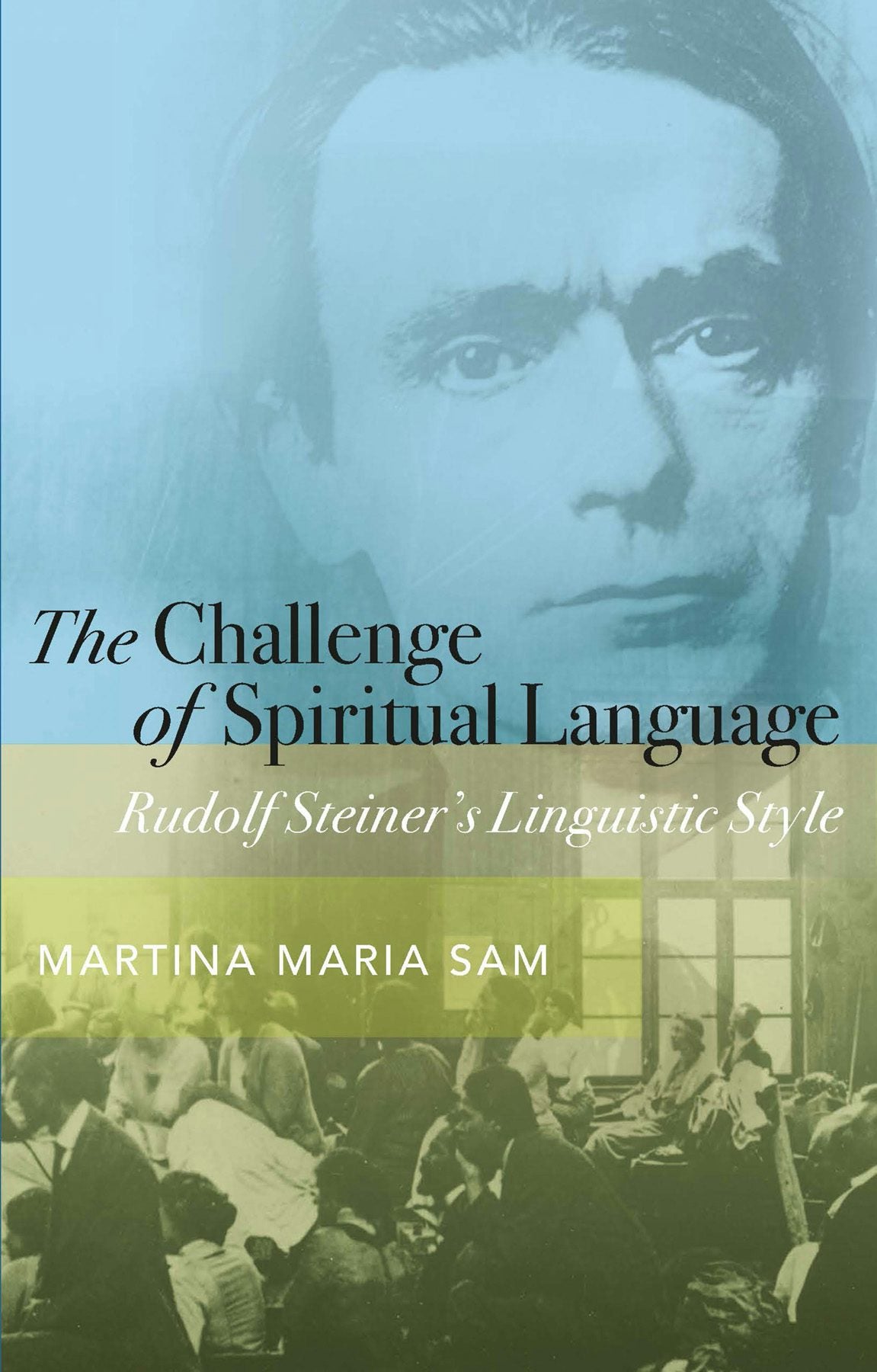The Challenge of Spiritual Language
The Challenge of Spiritual Language
Couldn't load pickup availability
“Development in the science of the spirit will always...involve what we may call developing the inner meaning and inner configuration of our language.” —Rudolf Steiner
Our present-day language cannot easily convey spiritual concepts. This is epitomized by Rudolf Steiner’s search for the words and style to express a contemporary spiritual worldview. In seven chapters that organically develop the subject, Martina Maria Sam presents longstanding relevant research. As a writer, editor, and lecturer, she observed the increasing difficulty that many—especially academics—have with Steiner’s style. However, this style was something that Rudolf Steiner developed deliberately. As she states, “What was most important for me in this was to point out Rudolf Steiner’s intentions in his specific, and often original, linguistic forms and, consequently, to create the introductory basis for a deeper understanding.” Gaining such understanding, she says, also enables us to develop insight into spiritual matters.
The author begins by quoting contemporaries of Steiner who criticized his “grating” style. She describes why he had to create new forms of expression and examines the specific nature of his lectures. She considers two comprehensive stylistic principles that permeate Steiner’s entire body of work, as well as his special way of handling the pictorial element in language. She also focuses on Steiner’s construction of meditative verses and mantras and the development of an artistic, linguistically creative element that will be possible only in the future.
Share


